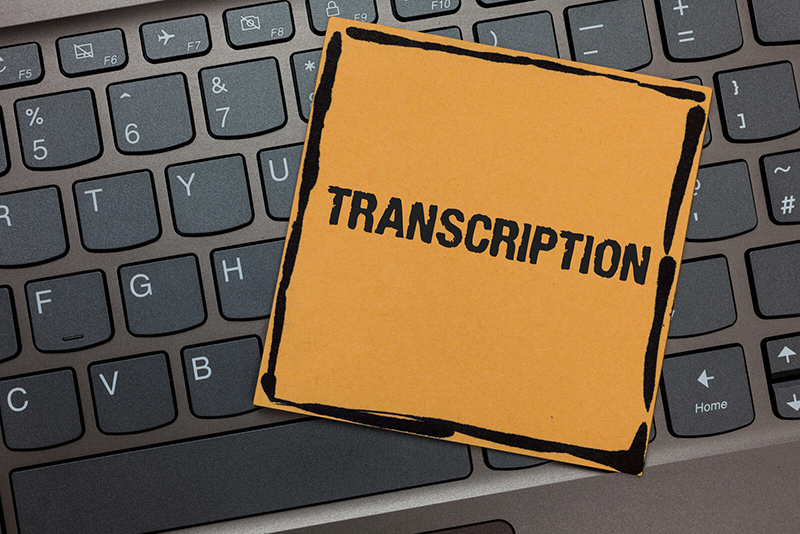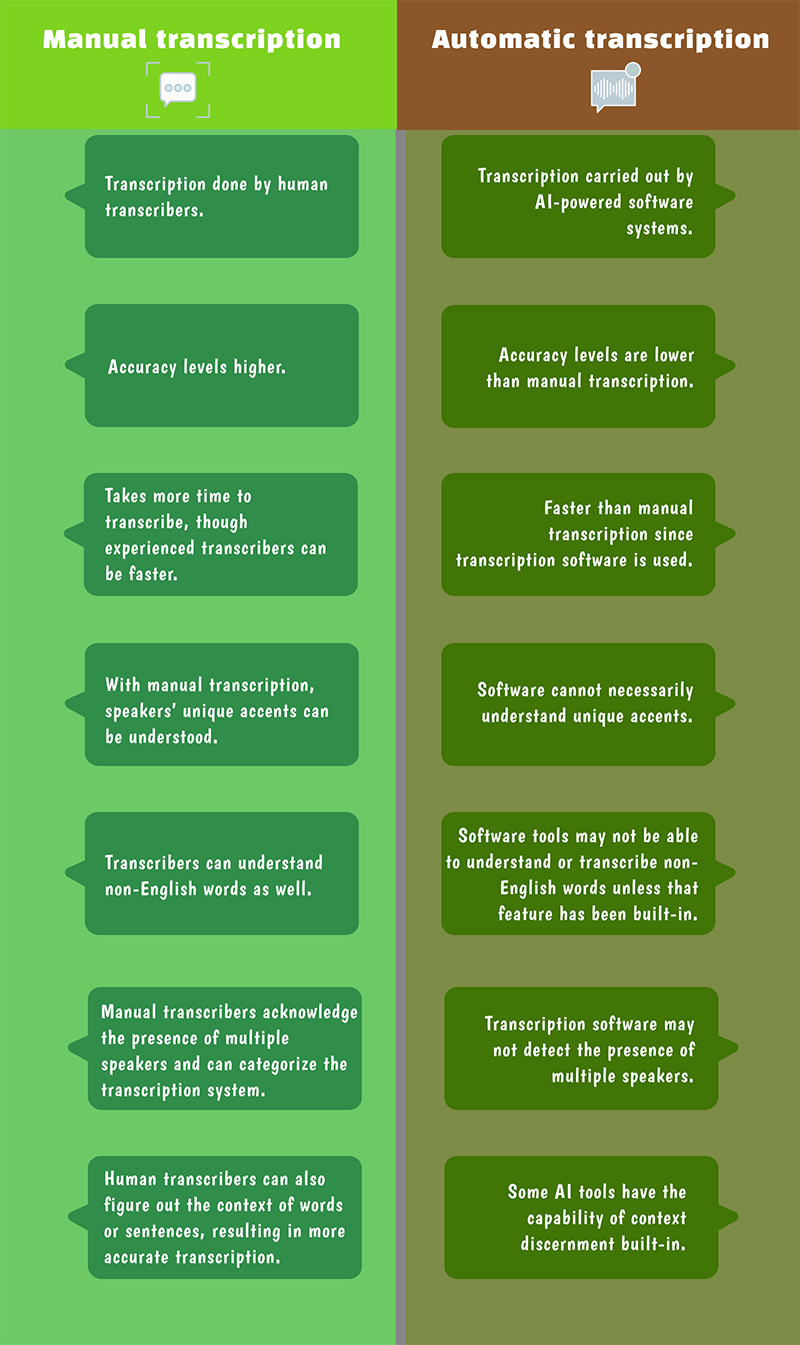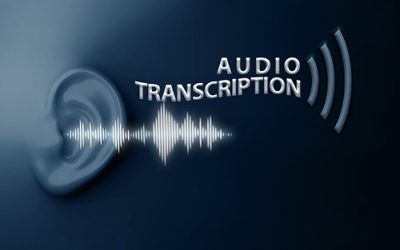With the onward march of technology, we continue to benefit from more efficient ways of doing many things. However, you need to balance that with your budgetary limitations as well. While law firms and business corporations are on the lookout for affordable transcription, they can’t afford to compromise on accuracy.
As far as legal firms are concerned, one question that comes up is whether they should choose manual or automatic transcription. Well, this depends on what their requirements are. Both automatic and manual transcription have their advantages and disadvantages. Yes, it isn’t all plain sailing with automatic transcription.
Accurate Legal Transcription Essential for Court Admissibility
Audio and video recordings of various legal proceedings such as depositions are presented in courts as evidence or to make appeals. The recordings must be converted into accurate legal transcripts for court admissibility. Legal transcription outsourcing is a practical strategy for law firms is because the recordings could be quite lengthy and it would take a great deal of time to transcribe them accurately.
Automatic and Manual Transcription
Legal transcription specifically deals with speech-to-text conversion, with the whole legal case depending on it. With digital platforms, attorneys can also search inside transcripts to get vital details. Now let’s get to the differences between automatic and manual transcription.
- As you probably know, manual transcription requires someone to listen to the whole recording and then type what they’ve heard. The human element involves checking and cross checking and a certain understanding of the context behind the person’s statement in the audio or video. That contributes to more accurate transcription.
- Automatic transcription can be much faster than manual transcription. It relies on artificial intelligence for converting speech to text. The audio or video file must be uploaded to the system, and then artificial intelligence (AI) transcribes the media.
- The major advantage of manual transcription is that human transcriptionists can understand sighs, jargon specific to particular professions, and also the context of the recording and transcribe accordingly. With their knowledge of legal terminology as well as experience, they can get even vague words right.
- With AI-powered automatic transcription, the system may not be able to figure out the jargon and colloquial words. As a result, there could be errors, because when the system isn’t able to recognize a word, it would return the closest sounding word it has in its vocabulary. This problem is also encountered when dealing with proper nouns such as names of people, things, etc.
- Automatic transcription is usually more secure as you can get the job done without a third party ever getting involved. It can be done through a secure cloud or through a container in an on-premise data center, which ensures that unauthorized people don’t access the data.
- With manual transcription, you need to send your audio or video file to the service provider with a non-disclosure agreement (NDA) signed by the outsourcing provider. With automatic transcription, you can keep your files and documents from leaving your organization.
However, reliable transcription companies take data security very seriously and have technologies such as data encryption that keep third parties from accessing sensitive legal data.
The Cost Factor
Manual transcription is slightly more expensive than automated transcription since you have a human transcriber dedicated to listening to your audio or video files. However, experienced transcription providers do offer customized plans in line with the unique requirements of law firms or attorneys. So you could get a great, affordable deal even with manual transcription. You certainly don’t want to compromise on accuracy when it comes to evidence to be used in court. It is also important to remember that if content transcribed automatically has errors it would have to be checked thoroughly and corrected, which would take a great deal of time.
How Automatic Transcription Works
The AI engine identifies the speaker’s language first. It then identifies the individual words and looks to match them with the vocabulary it has in stock. After trying to match the words with their vocabulary, the system returns the best matching words. The AI system then checks the whole sentence to ensure it makes sense. During the transcription, the system also removes background noise for clearer transcription. However, there could be accuracy related issues with automatic transcription.
The amount of background noise, the sound quality of the recording and its compression, the speaker’s accent, any crosstalk that happened during the recording etc., are all factors that could reduce the accuracy of the transcription.
Manual legal transcription is one of the major services provided by experienced general transcription companies. They also ensure three levels of quality checks. As a result of their experience in the field, they can also provide quicker turnaround times and 24/7 customer support. Confidentiality measures and electronic signature capability are also among the features that distinguish these services.





